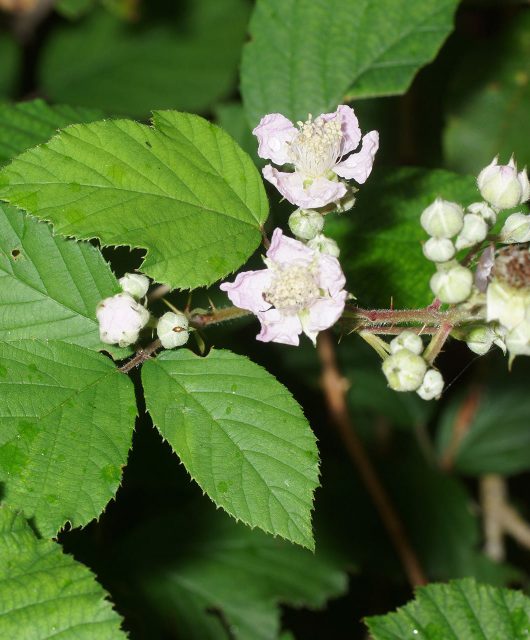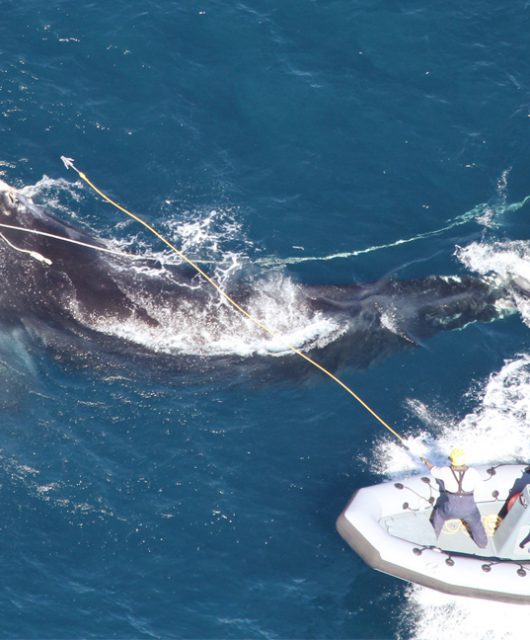Trees do so much for our planet.
They filter water, remove harmful carbon from the atmosphere, shelter and feed wild species, and so much more. Moreover, they can do the job, day in and day out, for hundreds of years. So what happens when they die? Do they become obsolete? It turns out, dead trees are incredibly useful!
A Place to Grow
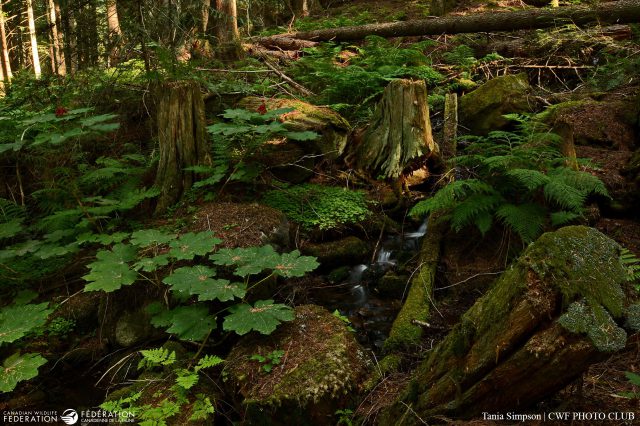
Dead and dying trees gives life to the forest floor. Not only do they put rich nutrients back into the soil that gives life to new plants – from moss to fungi to lichen, but they also give young trees a jumping off point. Rotting logs are the perfect spot for young trees to grow their roots because they’ll get a wealth of nutrients and water from the decaying trees.
A Place to Rest
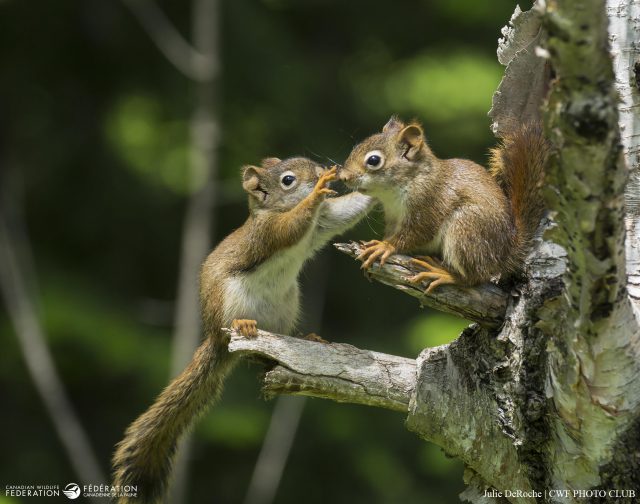
So many animals use dead trees as dens or resting spots. Bears den in both hollow logs and at the base of trees, while raccoons and foxes will make a home underneath a fallen tree. Even Bobcats will snooze inside a fallen log. Standing deadwood are welcome abodes for cavity nesting creatures like squirrels, birds and bats.
Not only do wild animals use deadwood as a spot to rest their weary bones, they’ll also use deadwood strategically to get away from the bad weather and predators too! Martens will hide away by crawling into a snag (dead standing tree). Voles and chipmunks will find a safe space to conceal themselves in cracks in deadwood trees. And squirrels, mice, shrews, salamanders and more will dodge a predator by staying hidden away in fallen trees. Even snakes will use logs as a hiding place to escape predators!
A Place to Nest
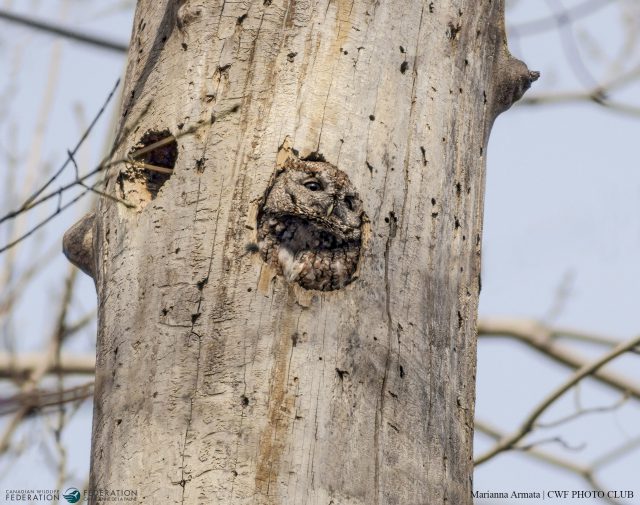
When a branch breaks off of a live tree, fungus will often spread over the area causing it to rot. This rot softens the wood, and cavity nesting birds, like the Yellowbellied Sapsucker and the Northern Flicker, will pop by to create a cavity (and maybe snack on a bug or two while they’re at it). After they’ve finished nesting and raising their young, other cavity nesting birds, like Tree Swallows, and Red-breasted Nuthatches will move in!
There are hundreds of birds that will use cavities to raise their young, from raptors to water birds. The Wood Duck, for example, seeks out trees close to the water, while Northern Saw-whet Owls look for dead snags deep in the forest to nest in.
There are plenty of other creatures that will nest in tree cavities like martens, red squirrels, flying squirrels and many bat species too!
A Place to Eat
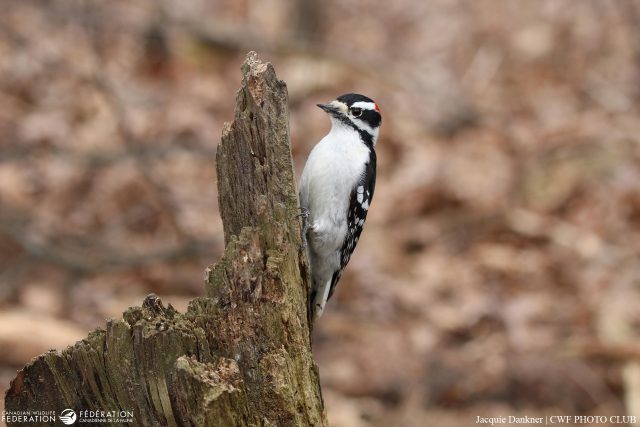
Mushrooms thrive in rotting wood, much to the delight of peckish turtles, squirrels, insects, deer and mice. Moreover, wood boring insects flock to dead and dying wood too which feed creatures like shrews, skunks, bears, salamanders and woodpeckers. A whopping 80 per cent of cavity nesting birds eat insects for breakfast, lunch and dinner. Pileated Woodpeckers, for example, love to chow down on carpenter ants, caterpillars, moths, and beetles. They’ll hop up and down a rotted tree, pecking away at the wood and nab as many insects as their barbed tongues can snatch up.
Deadwood, like snags, are also the perfect spots for raptors, like falcons, owls, osprey and eagles to peer down on the forest floor, looking for any movement below that might offer a tasty treat.

